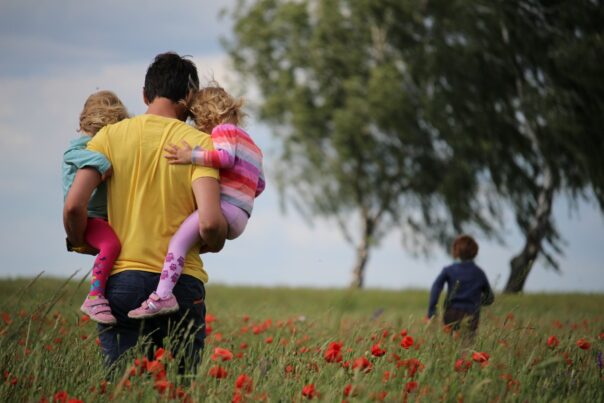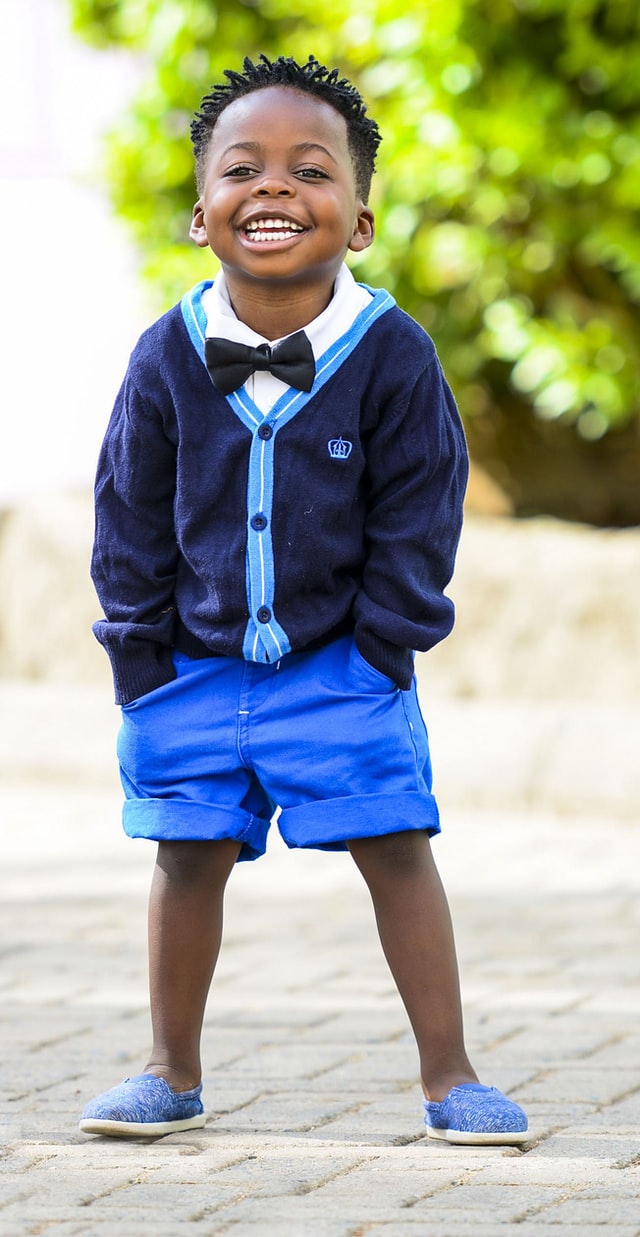
How Students Can Emotionally Support Other Students by Encouraging Them to Do The Imagine Project
School is filled with both exciting opportunities and unique challenges. From academic pressures to social dynamics and personal struggles, students often carry far more than










